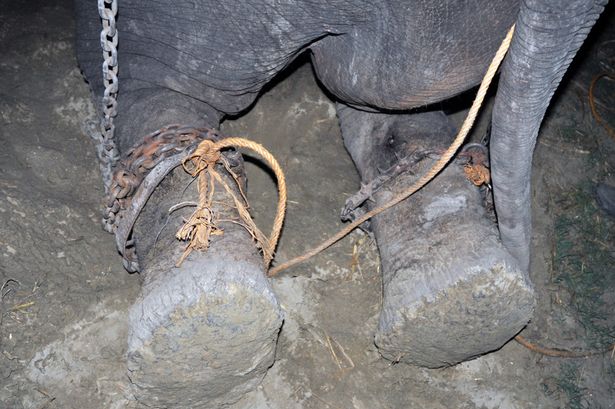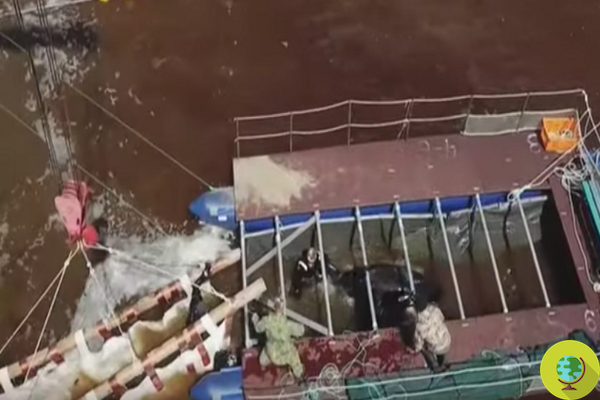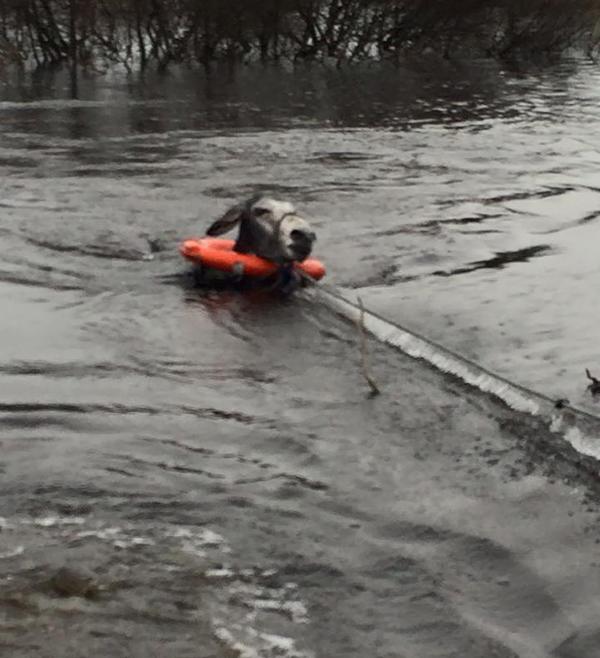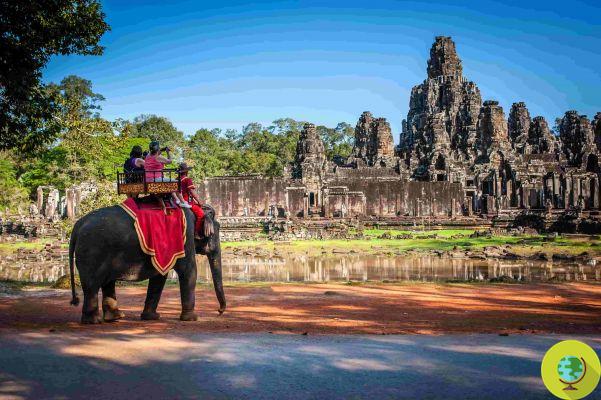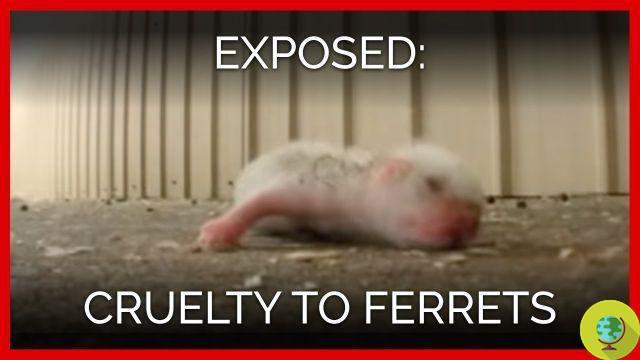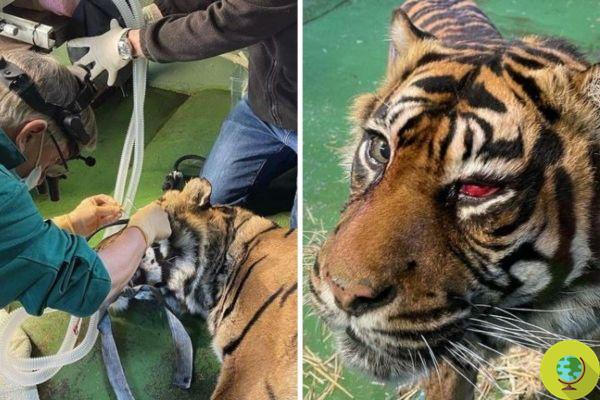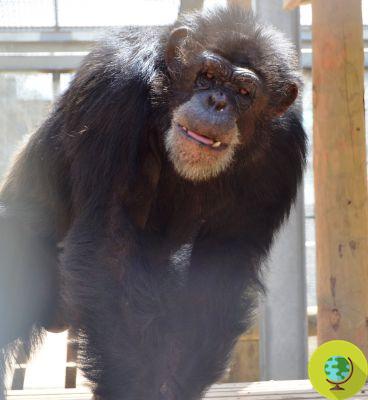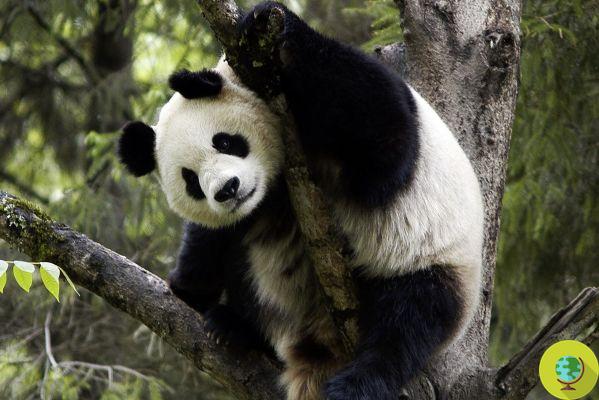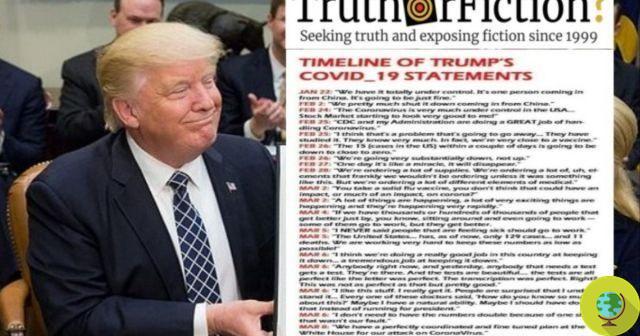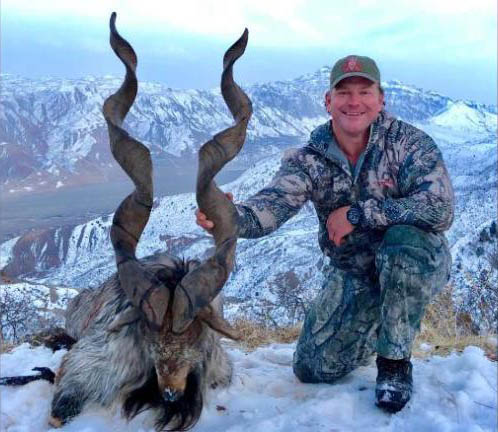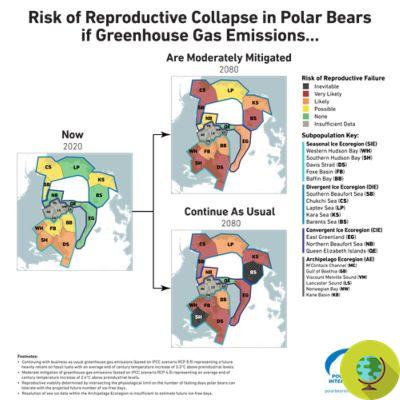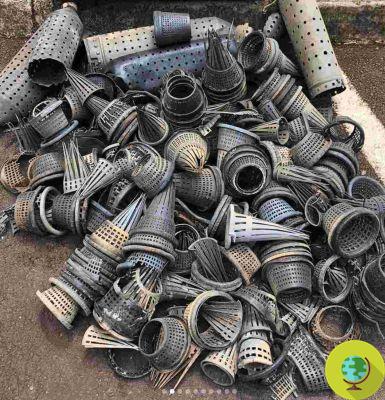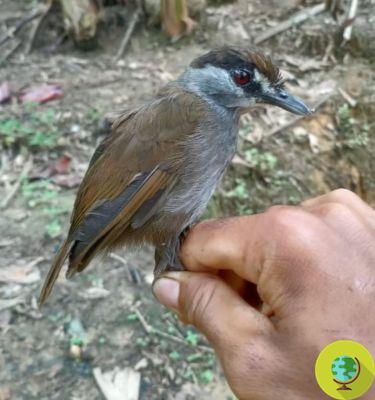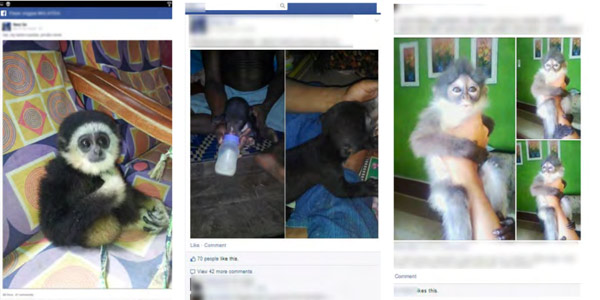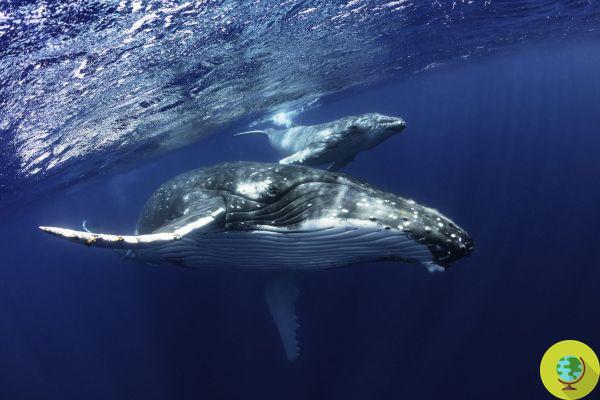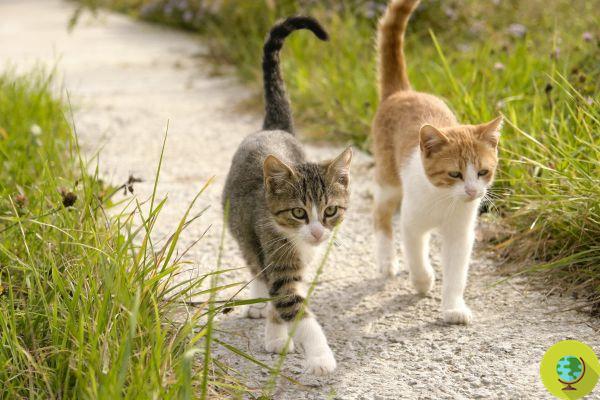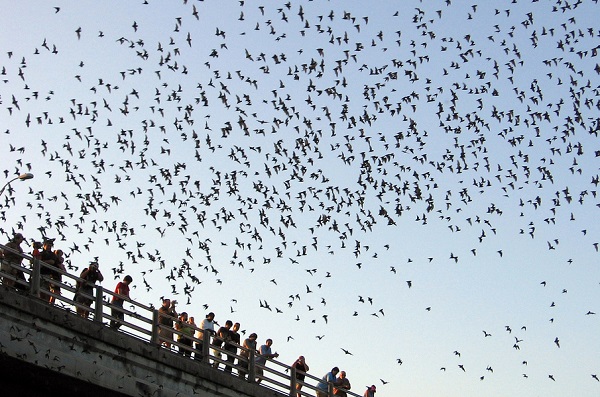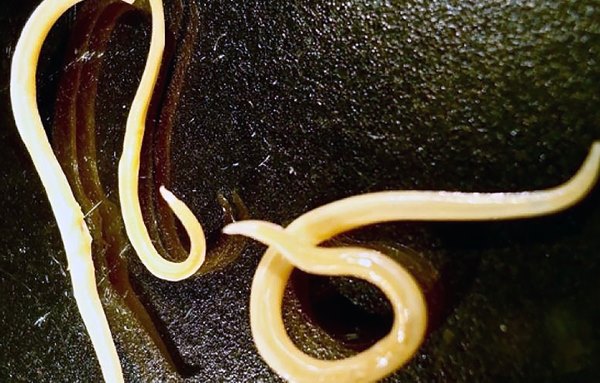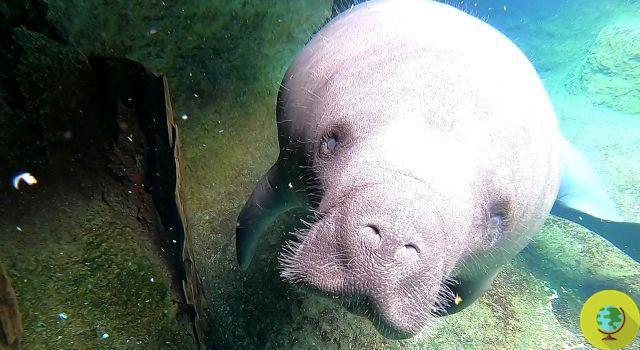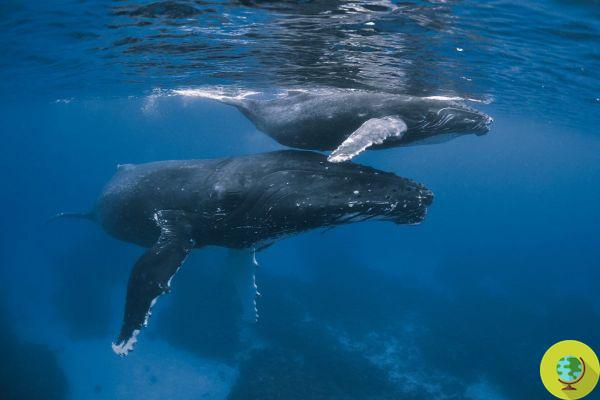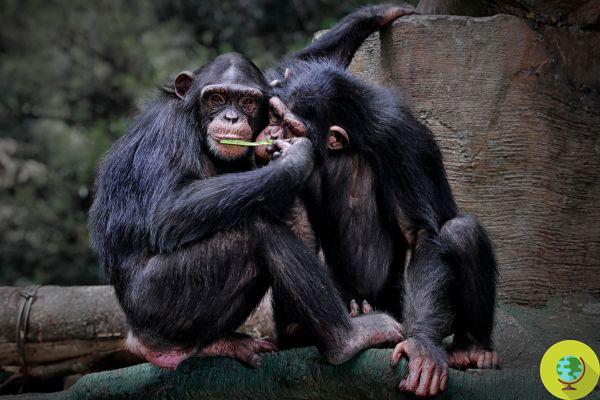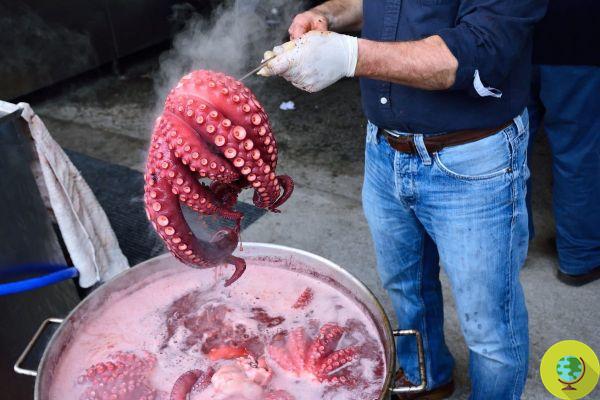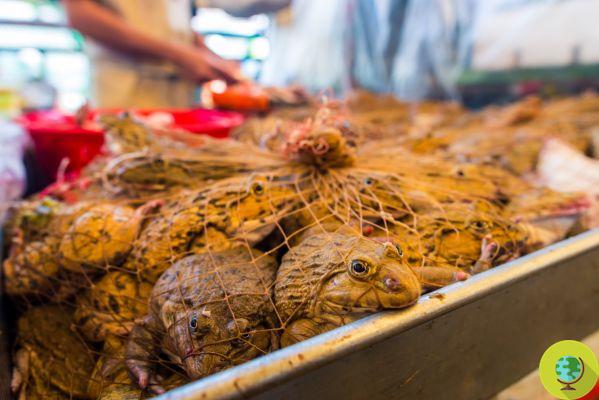
To prevent the next pandemic, we should be concerned about the legal trade in wild animals that pass checks without health certification
He is about to end up run over, his mother saves himThe legal trade in wild animals is as serious a risk to the spread of zoonotic diseases as the illegal trade, experts warn.
Millions of live animals enter the United States (as well as other countries) every year. To prevent the next pandemic, we should be concerned with precisely this, that is legal trade in wild animals that pass the checks without health certification. For example, in recent months, let's talk about twenty thousand frogs from China which will be cooked and eaten; 40 monkeys for biomedical research and three hundred more giant clams from Vietnam and 30 stingrays from the Brazilian Amazon for home aquariums.
Jonathan Kolby, in an in-depth article on National Geographic, tells what he witnessed when he was a wildlife inspector. “I've regularly seen animals like these next to crates full of shampoo bottles, cucumbers and freshly cut roses at the port of Newark, New Jersey,” she says.
According to Kolby, $ 2019 billion of wildlife products and wildlife itself were imported into the United States in 4,3 between airports, seaports and border crossings. Another alarming fact is that approximately 200 million live animals are imported into the United States each year.
According to a report by the Committee on Homeland Security and Governmental Affairs, there are 175 million aquarium fish and 25 million animals between mammals, amphibians, birds, insects, reptiles, spiders and more. In addition, thousands of illegal wild animal shipments are intercepted every year. In 2019 alone, the agency opened over 10 black market investigations.
Among the many problems of this collapsing situation, not to be underestimated is the question of pathogens entering the United States and all this cannot fail to have consequences for human health as well.
“My experience at the Fish and Wildlife Service, where I worked for 10 years, first as a wildlife inspector and more recently as a specialist in policies that regulate and manage the international wildlife trade, have shown me that although many have been implemented controls to combat illegal trade, diseases that come through wild animals go unnoticed, ”says Kolby.
Importing any live animal involves the risk of disease for the animals themselves and for people. The outbreak of the novel coronavirus in China, which speculates that the virus passed from bats to humans and then spread to a wet market in Wuhan, likely via an intermediate host, has shed light on how easily zoonotic diseases can emerge from wildlife. . In fact, according to estimates by the World Organization for Animal Health, about 60% of known human diseases originate in animals.
In fact, however, there are controls in the United States, but no federal agency is in charge of disease screening. The Centers for Disease Control and Prevention (CDC) regulate the import of wild animals but intervene only in the event of a risk of disease for poultry or livestock of agricultural importance.
However, the problem is not limited to America alone, most countries do not have a government agency that fully scrutinizes imports of wild animals to check for pathogens.
"The absence of any formal entity dedicated to preventing the spread of disease from the wildlife trade is a chronic gap around the world," said Catherine Machalaba, policy advisor to EcoHealth Alliance, a nonprofit organization focused on links between the human and wildlife health.
Officials have long known about the loopholes in the US regulatory system. In 2005, the National Academies of Science released a report that found a "significant gap in the prevention and rapid detection of emerging diseases" from imported wildlife.
Five years later, the U.S. Government Accountability Office, which monitors government spending and operations, released a report on live animal imports and diseases. He found that the fishing and wildlife service "generally does not restrict the entry of imported wild animals that may pose a risk of disease." Additionally, the report says, the CDC does not use all the right tools to prevent the importation of live animals that pose a risk of zoonotic diseases.
In all this situation, a key role also plays a key role in varieties of plants, seafood, medicinal herbs and much more. The key to reducing the spread of pathogens is, concludes Matthew Gray, associate director of the Center for Wildlife Health at the University of Tennessee, Knoxville and is that of a "Clean trade", where private sector and government officials work together to implement safer strategies. An example would be taking tests and providing animal health certifications. "If clean trade is not economically viable, state subsidies could be paid, as is often the case with agriculture," she says.
"There seems to be a lack of incentives and Covid-19 disease highlights all our limitations," says Priya Nanjappa, director of operations at Conservation Science Partners, a nonprofit that does research and analysis for conservation projects.
The lack of incentives, says Najappa, appears to stem from the false belief that if an imported disease does not immediately affect public health or animals, it does not pose a serious threat to economic interests. Nothing could be more false.
Fonte: National Geographic
Read also:
- Coronavirus: China bans the consumption and trade of wild animals
- Nearly 5000 dangerous wildlife, including tigers and crocodiles, are legally kept in UK homes
- Wet markets reopen in Wuhan, but (apparently) without wild animals




